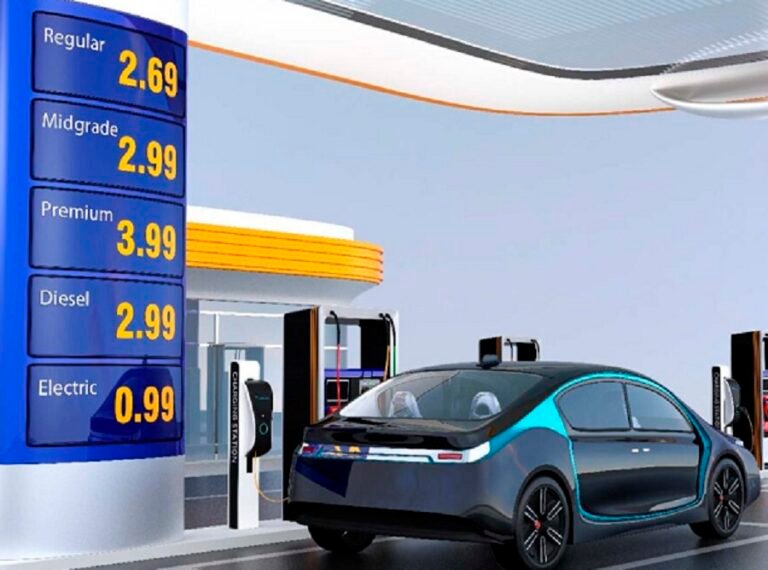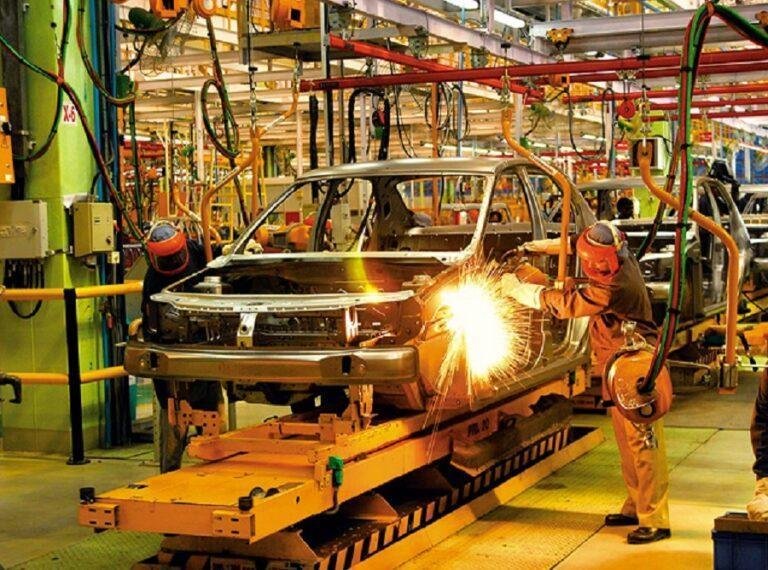Relevance of Small Capacity Turbo Petrol Engines in the Indian Market
The modern trend in the automobile industry has shifted towards small capacity turbo petrol engines. something that Indian market has been exposed to recently.
The modern trend in the automobile industry has shifted towards small capacity turbo petrol engines. Although this technology is not new or revolutionary in the world of automobiles, it is something that the Indian market and customers have been exposed to only recently.
Like with every technology, the prices and acceptance are a bit challenging, however, with time, the technology trickles down to mass products and resultantly, the prices become more affordable due to large volumes. Case in point, smaller capacity turbo petrol engines.
Nowadays, almost every car, apart from the absolute entry-level hatchbacks, comes with at least the option of a powerful turbo petrol engine, in addition to a naturally aspirated petrol or a diesel engine. There are plenty of advantages of having a turbo petrol engine in automobiles along with a few critical points. Let us dive into this theme a bit deeper to have a broader understanding.
Need for Turbo Petrol Engines
The necessity to start considering the turbo petrol engines for even the smaller cars has arisen due to the stricter becoming emission regulations in almost every country. To ensure absolute minimum tailpipe emissions (harmful exhaust gases), various measures are needed to be taken, otherwise, the vehicle will be deemed unfit and subsequently, illegal to be on the road. This has caused many automobile manufacturers, across the globe, to step away from diesel powertrains for good.
They have removed the diesel offering from their portfolio altogether and others have set specific timeframes within which they plan to discontinue offering diesel engines. To fill the gap of a punchy and powerful engine, turbocharged petrol engines were introduced. They offer a similar kind of low-end torque which makes the diesel engines so desirable without causing so much pollution.
As has been the case, people always look for more powerful engine options than they currently have. Hence, turbo petrol engines started gaining popularity when the customers realized that the power and torque figures are substantially higher compared to the naturally aspirated unit of the same car.
This enhanced the driving pleasure and people can experience the thrill of a more powerful powertrain even in a smaller car. That is the reason why almost all the modern cars (above the entry-level segment) have the option of a turbo petrol engine and discontinuing the diesel engines.
Technology of Turbo Petrol Engines
While we don’t want to get into the core technical aspects of this technology, we do want to give you a brief insight into the working of the technology associated with the turbo petrol engines. The construction of a turbocharger includes, primarily, a turbine and a compressor mounted on the same shaft.
The turbine is connected directly to the exhaust gas manifold and is operated by the mass flow of the exhaust gases coming out of the engine. This rotates the turbine and in turn, the compressor mounted to the fresh air intake side of the engine. As we all know, the more amount of fresh air we can take into the engine, the more fuel we can mix with it to produce more power.
A compressor helps in fitting more air into the cylinder by force-inducing fresh air by compressing it. That is broadly how we can extract more power out of a small capacity turbocharged petrol engine.
Because of a turbocharger attached to the engine, we can use a smaller capacity engine by reducing the number of cylinders and hence, reducing the overall weight of the engine. This has its benefits from the efficiency standpoint as the carmakers are always trying to reduce the weight of the cars to improve the power to weight ratio.
Most importantly, we can avoid dealing with harmful emissions as in the case of diesel engines. The OEMs can keep manufacturing products without any problems of the emissions as petrol emissions are easily managed and control with the help of a 3-way catalytic converter.
Challenges with Turbo Petrol Engines
The main challenge with a turbo petrol engine is affordability. Because high-pressure components and more parts are involved, the cost of manufacturing shoots up rather significantly. That is the only concern of the customers as in some cases the cost of a turbo petrol unit becomes even higher than the diesel counterpart of the same car and model.
The higher prices of diesel are generally compensated in fuel efficiency and diesel prices over long periods of time. Petrol, however, is only getting more and more expensive and turbocharging does take some toll on the mileage figures of the cars as well. One won’t be wrong to say that in most cases, the enhanced power output comes at the cost of more fuel consumption.
Some of the examples of small turbo petrol engines could be seen with cars like Hyundai i20, Tata Altroz, VW Polo, all of which have powerful small turbo engines with enhanced performance.
Also read: Anti-Theft Security Solutions For Cars In India







